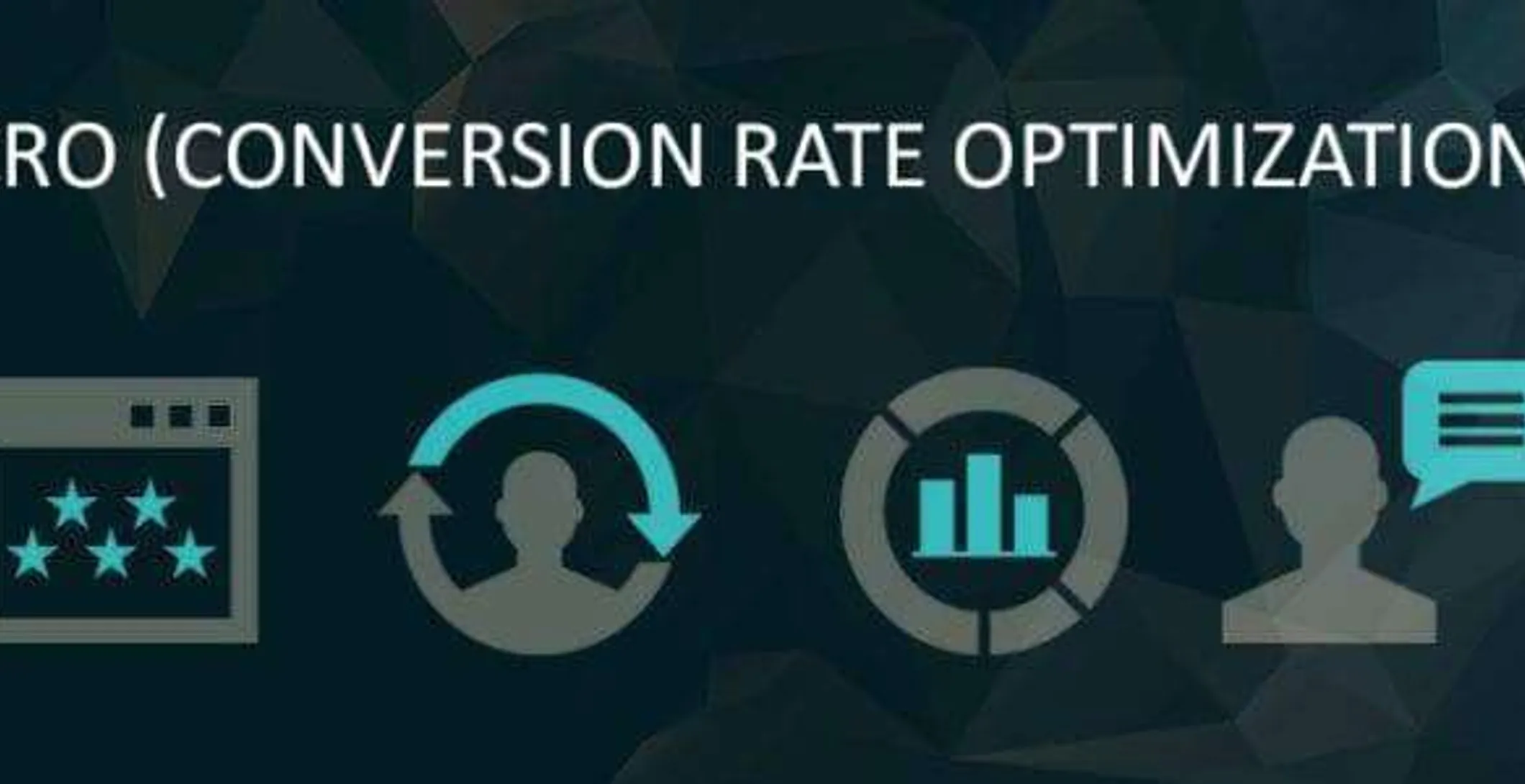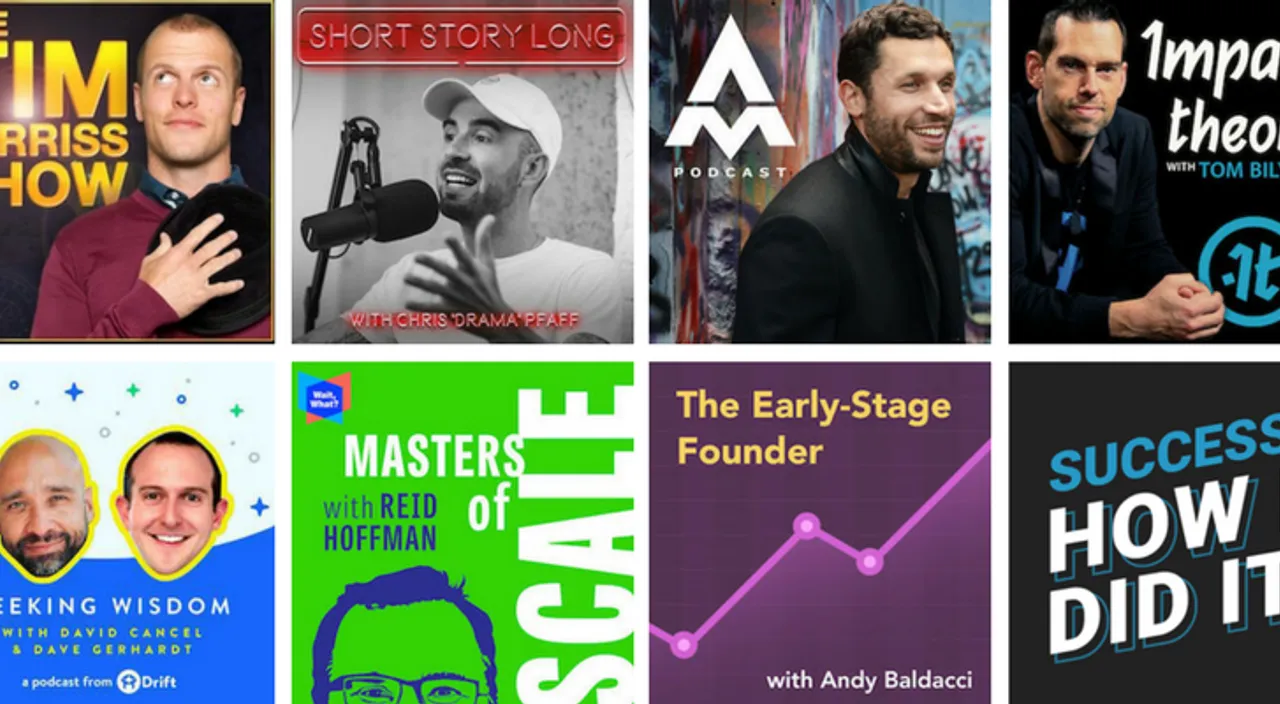What is a successful conversion rate for your eCommerce website?
That is a question which has been argued over by industry experts since eCommerece first emerged from the web. Fortunately, now in 2017, we finally have a benchmark to compare ourselves to.
Before we look at what that benchmark is, though, let’s make sure we are clear on what the term “conversion rate” actually means, and why it’s important to your business.
Any successful eCommerce website has web traffic, or visitors. Usually we want them to do something specific while they are on the site – we have an end goal in mind for them. For eCommerce sites that goal is usually to close a sale. For other sites the desired action might be to sign a petition or give you their contact details. When visitors complete this action, we say they convert.
The number of visitors to your site who convert is called your conversion rate.
How to work out your Conversion Rate
Here is a simplified example of conversion rate: if you have 1000 visitors to your site, and 10 of them convert, you have a 1% conversion rate. Conversion rate is the % of visitors that convert. It is your total number of conversions divided by your total number of visitors.
However, naturally there is more to it than that.

As marketers we need to know more specific details – such as which products are converting best? Which lead sources are attracting the most converted leads? What landing pages are working best?
All of this data is available to you in your Google analytics.
Here you can easily view the number of visitors over specified time periods. You can see where they came from, you can see what they bought, and you can even find your visitors demographics.
Why Conversion Rate is Important to your Business
Your conversion rate is more than just the sales you make.
Otherwise it would just be called “sales”. Your conversion rate tells you about your marketing efforts. It tells you if you are attracting the right kinds of visitors to your website. Your conversion rate is a Key Performance Indicator (KPI) for your landing pages, your Thank You pages and your website as a whole.
If you are attracting thousands of visitors to your site but your bounce rate is high and your conversion rate is low, it means more than just missed sales. It means that you are wasting your advertising budget. It means you are paying more per click for Adwords because it damages your organic rating. It means that you need to rethink your strategies before you throw any more money at them.
Conversion Rate Benchmark: What is a Good eCommerce Conversion Rate?
The generally accepted rate is between 2% and 10%. Luxury products and expensive products tend to have lower conversion rates (1% - 2%), while low cost products have a higher conversion rate (2% - 5%).
It’s important to bear in mind that certain products are only searched for when a purchase is imminent – while others (like clothing) are often browsed repeatedly before a purchase decision is made.
Take Amazon, for example. Amazon is a major eCommerce power. They are well trusted, well optimised and their Amazon prime members tend to convert at a whopping 74%! While their non-prime members convert at a rate of 13% (Still a huge number).
The top 25% of companies globally, convert at 5,31%. The average conversion rate for successful, large companies who sell a variety of products, is 2,35%. This is still a good rate.
Mind Your Test Group

When you work out your conversion rate you can’t just work out your conversion rate. There are two major players that you have to take into consideration: Time and Sample Size.
To get an accurate reading on your conversion rate, you must track your website’s activity over months.
It’s no good looking at the number of conversions for one week when you are running a huge sale and citing those results as your conversion rate as if it were set in stone.
(This would be okay if you happen to be looking at the conversion rate for that specific campaign and you are tracking the traffic sources and specific products, too).
Traffic fluctuates. Your analytics need to span over enough time to give a fair sample of activity.
Similarly, if you have gone from 5 visitors to 10 visitors from week one to week two, and made one sale in week two – that is not a fair sample size. You could, statistically, say that you have had a 100% increase in conversions, and that your conversion rate is 10%. In mathematical terms you would be correct.
However, this is not a big enough sample or a long enough test period to give a fair conversion rate. In marketing terms this data doesn’t hold.
How Should your Conversion Rate Affect your Marketing Efforts?

What does all of this mean for your plan of action? Assuming you fall into our median bracket, we are going to say that your average conversion rate should be 2%.
If your conversion rate is sitting at 2% - you should place your marketing efforts on getting more people to your website. 2% of a bigger pie is a bigger piece of pie, after all. If you are converting at 1% or less, but your traffic is high, you should focus on improving the quality of your traffic so that the percentage of visitors who convert is greater.
If you are just starting out, make sure you take note of your Google analytics on a month to month basis. These are the statistics that are going to help you determine the success of your eCommerce website.




